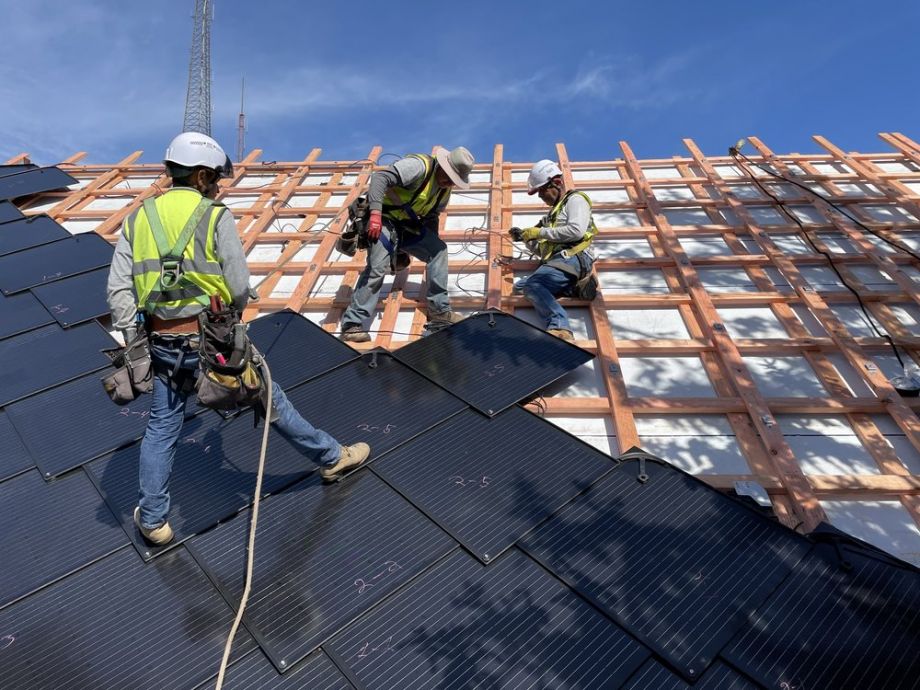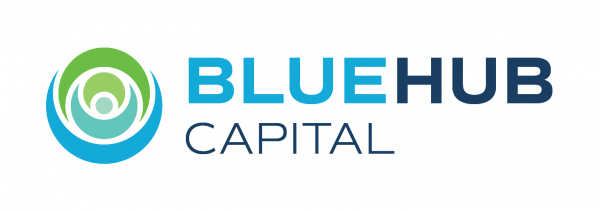Washington, D.C. just finished installing its first solar shingle project through the district’s Solar for All program for low-income residents.
The new installation at Rock Creek Ford is one of nearly 200 community solar installations underway as part of Solar for All, a Department of Energy & Environment program aiming to provide solar energy installations for 100,000 D.C. residents over the next decade. Participants can expect their energy bills to be halved over 15 years, the program says.
The new Rock Creek Ford project is the first in the District to use solar shingles by SunStyle. These shingles not only generate electricity like a traditional solar panel, they also function as a durable roofing material. The Swiss company’s solar shingles have been installed on hundreds of projects in Europe, from residences to government buildings, as well as on Google’s new campus in Mountain View, California.
This new solar roof installation will provide enough energy for six low-income families in the District, developers said in a news release. Through community solar projects like these, income-eligible residents can “subscribe” to a portion of the power produced by these community renewable energy facilities to receive a partial credit on their electric bill.
“Solar for All is making a significant impact here in the District by creating opportunities for local contractors, creating jobs for District residents, and most importantly, creating lasting electricity bill savings for income-qualified DC families,” said Ted Trabue, managing director of DC Sustainable Energy Utility, which runs the Solar for All program. The program is also providing over $11.5 million in incentives to local solar developers to install large community solar systems like this one, as well as solar systems for single-family homes of low-income families.
Each of these solar installations are financed by the DC Green Bank, part of an effort by the District to incentivize large community solar projects in disinvested communities where sustainable development otherwise might not be prioritized. Created in 2018, the bank provides access to capital to local businesses for solar energy, energy-efficient buildings, infrastructure resilience, and transportation electrification projects.
As we wrote last year in our explainer on green banks: “Green banks state-sponsored entities that use their dedicated funding sources to make loans, provide credit enhancements or use other financial mechanisms to encourage private investment in clean and renewable energy.” Read more about how the D.C. Green Bank is incentivizing investment in community solar projects for marginalized communities.
The Rock Creek Ford installation was done by local solar developer Flywheel Development, which since 2019 has completed two dozen Solar for All community solar installations and will complete another 11 this year.
“Projects like this one are important not only because they help reduce our environmental footprint and provide a clean energy source, they also act as a model for how communities can benefit and participate in the green economy,” Flywheel said in its announcement of the project’s completion.
Aysha Khan is the managing editor at Next City.
Follow Aysha .(JavaScript must be enabled to view this email address)








